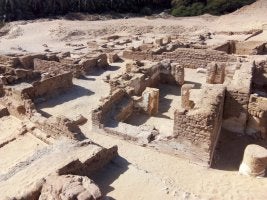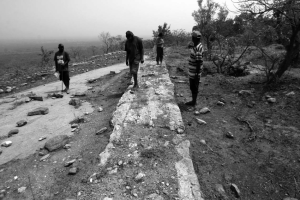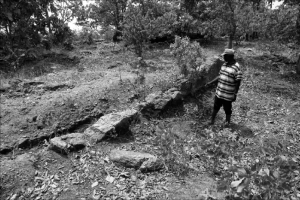Joined Feb 2018
547 Posts | 870+
California
A thread to compile interesting archeological findings and studies for future use


Is there evidence for agriculture in Mali (or Sahara) during the African humid period that ended circa 5500 BCE?Bumping this thread.
The research paper in question discusses about the archaeobotanical study that was conducted in Sadia, situated at the Seno Plains in Mali. It investigates the evolution of agriculture and the diversification of crops and what said crops were cultivated in the region, as well as how food systems change over the course of time.
From the paper, some of the key findings of the crops includes crops such as millets, and later on the introduction of crops such as African Rice, sorghum, fonio, etc. There is also remains of ceramics, iron objects, and glass beads, the latter which indicates that Sadia might have been part of a trade connections with the rest of the West African trade routes.
PDF have been attached for further readings.
=======================================
View attachment 82733
Architectural remains at Sadia.
I remembered that an Italian expedition found something and making a research I've found this article on the site of La Sapienza university.Is there evidence for agriculture in Mali (or Sahara) during the African humid period that ended circa 5500 BCE?
Thanks. The La Sapienza paper mentions Takarkori is an archaeological site and rock shelter located in the Tadrart Acacus Mountains of southwestern Libya. During the Holocene, humans occupied the site between 10,170 cal BP and 4650 cal BP. Hard to imagine but Wadi Takarkori had flowing water from the Late Acacus period until the end of the Middle Pastoral period, with wetlands nearby. They also had a form of early pastoralism that spread through cultural diffusion into a deeply divergent, isolated North African lineage that had probably been widespread in Northern Africa during the late Pleistocene epoch.I remembered that an Italian expedition found something and making a research I've found this article on the site of La Sapienza university.
Cultivated, but not domestic. In the prehistoric Sahara the earliest forms of storage and cultivation of wild cereals | Sapienza Università di Roma



I unfortunately haven't looked into the region's archaeology in that period for now, but if I do find anything, I'll share it over here.Is there evidence for agriculture in Mali (or Sahara) during the African humid period that ended circa 5500 BCE?





The Maghreb (north-west Africa) played an important role during the Palaeolithic and later in connecting the western Mediterranean from the Phoenician to Islamic periods. Yet, knowledge of its later prehistory is limited, particularly between c. 4000 and 1000 BC. Here, the authors present the first results of investigations at Oued Beht, Morocco, revealing a hitherto unknown farming society dated to c. 3400–2900 BC. This is currently the earliest and largest agricultural complex in Africa beyond the Nile corridor. Pottery and lithics, together with numerous pits, point to a community that brings the Maghreb into dialogue with contemporaneous wider western Mediterranean developments.

